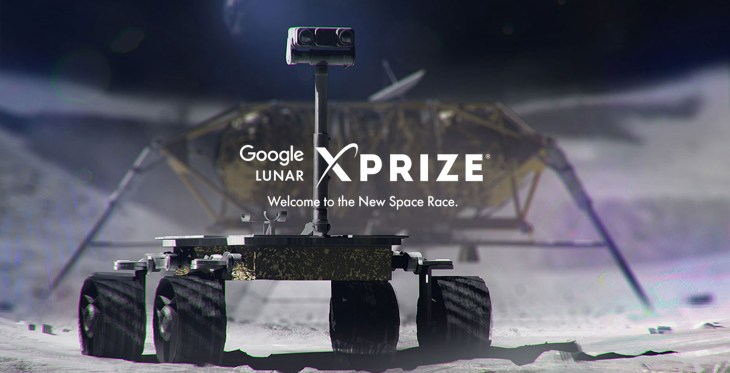Google’s Lunar XPrize competition is nearing its zenith – the slate of competitors is down to five finalists, all of whom are competing to be the first private company to launch a spacecraft destined for the moon by the end of 2017. The five remaining teams include SpaceIL, Moon Express, Synergy Moon, Team Indus and Hakuto. The teams need to not only fly to the moon in order to qualify, but also to travel a minimum of 500 meters once they’re there.
The teams are all planning different routes to the Moon, and have varying strategies of how to complete that second requirement, which also includes sending back both photos and live video streams from the Moon’s surface. But all must launch their missions (launch, not land) by December 31st of this year to qualify for the XPrize, which is $20 million for the grand prize winner who arrives on the moon and completes the requirements first, and $5 million for second place. Bonus prizes will also be awarded for separate achievements, like getting to the original Apollo landing site where humans first set foot on our closest natural satellite.
Even the remaining 11 teams who didn’t make this final round are getting something, however – Google is splitting $1 million in prize money across the entire field of 16 who made it this far, rewarding them all for the contribution to spaceflight research and education awareness.
Of the entire crop, the remaining five have all managed to get verified launch contracts, which is why they’re still int he running. SpaceIL was the first, and has a contract with SpaceX to launch its lunar lander by the second half of 2017. Moon Express is booked to ride on a yet-to-fly rocket called Electron from startup Rocket Lab, and Moon Express has government permission to fly, too. Synergy Moon will fly via Interorbital’s Neptune 8, another rocket that has yet to actually reach space. Finally, team Indus and team Hakuto will be sharing a ride on a rocket with a proven track record provided by the Indian space agency.
Rides might be the deciding factor here – only three of the remaining five have trips booked on vehicles which have actually traveled to space in the past, but they also face challenges, including delays to SpaceX’s program incurred by the company’s pre-launch explosion last year. Still, exciting that even five of the overall group have made it this far.
